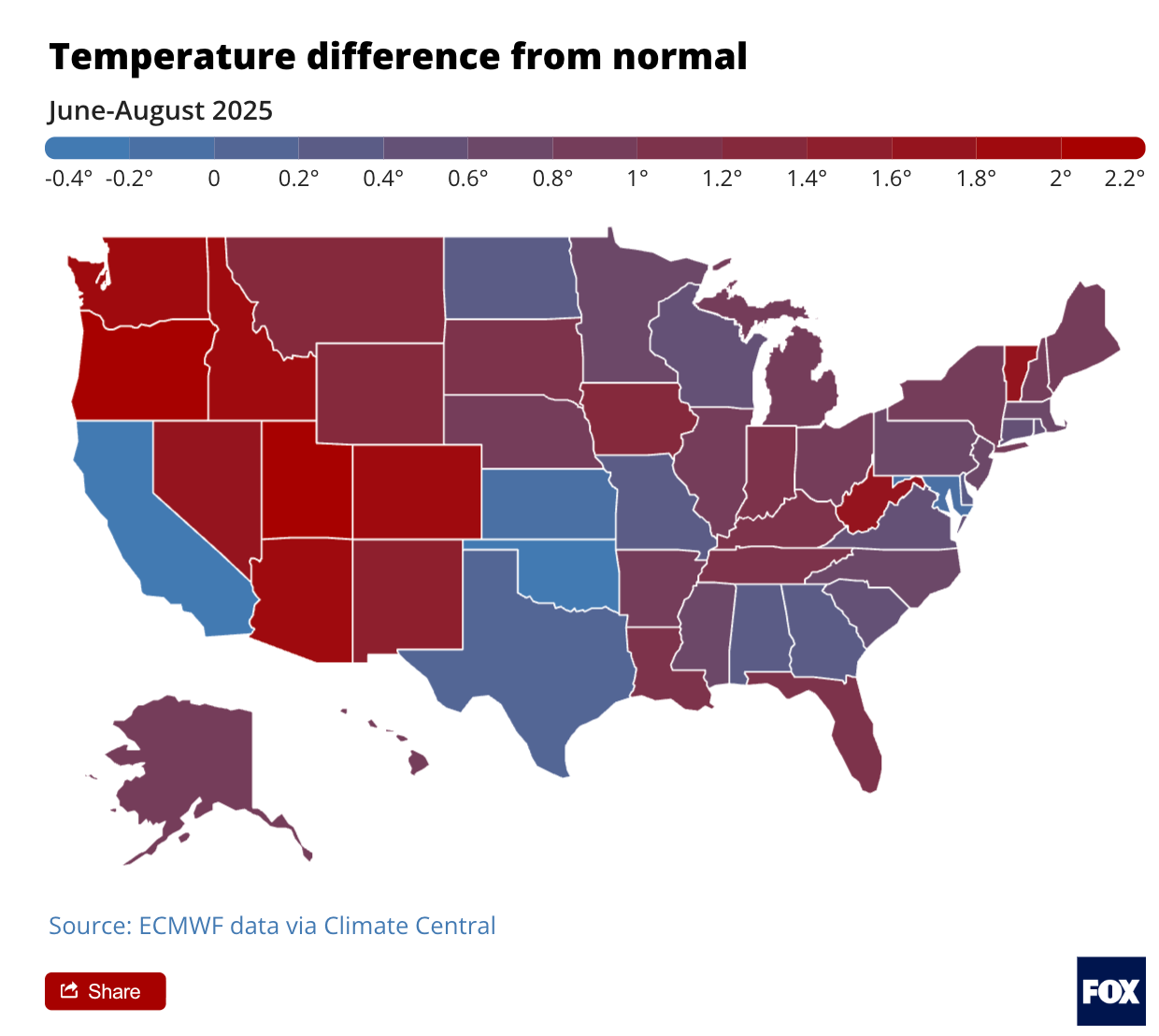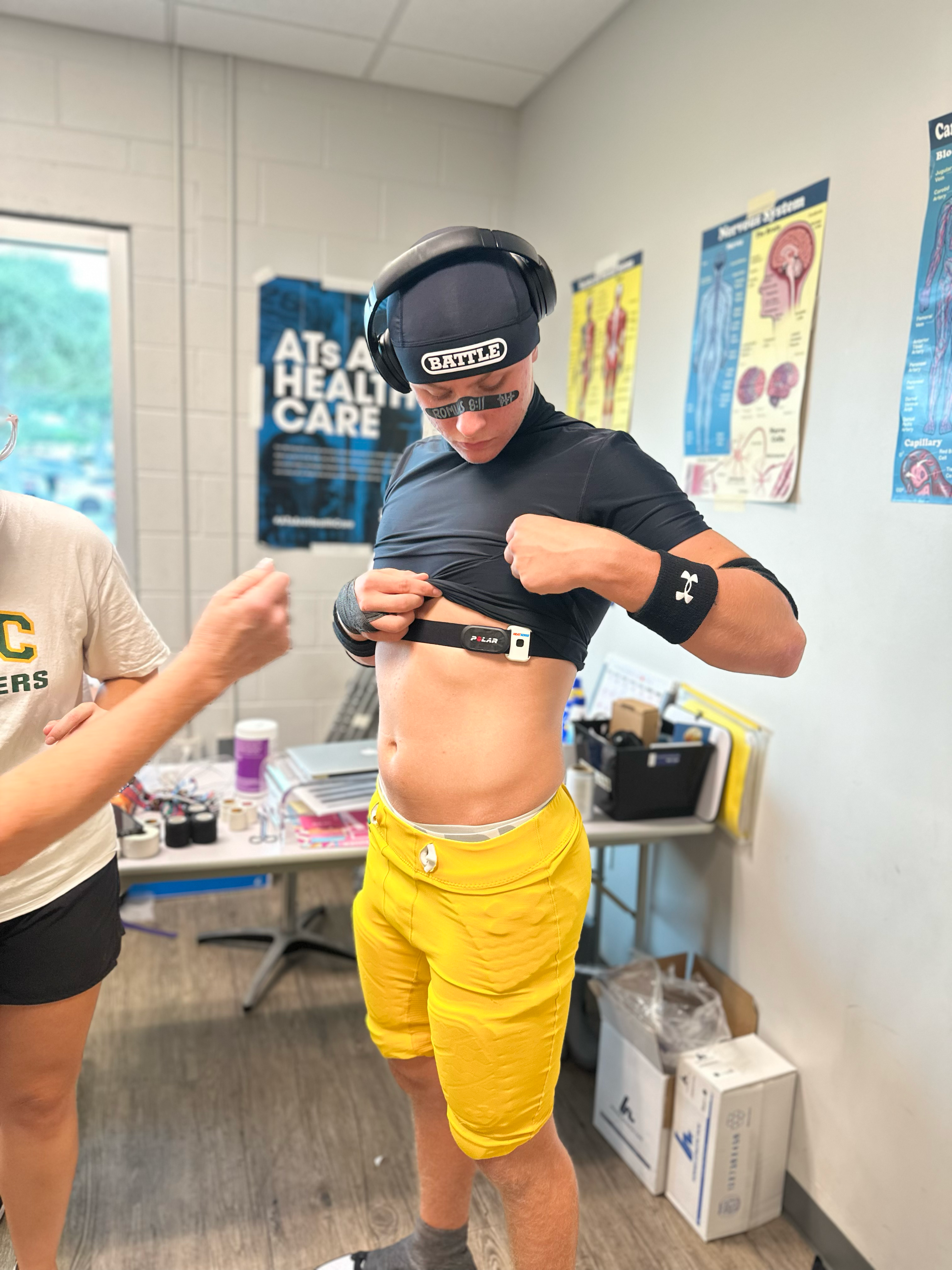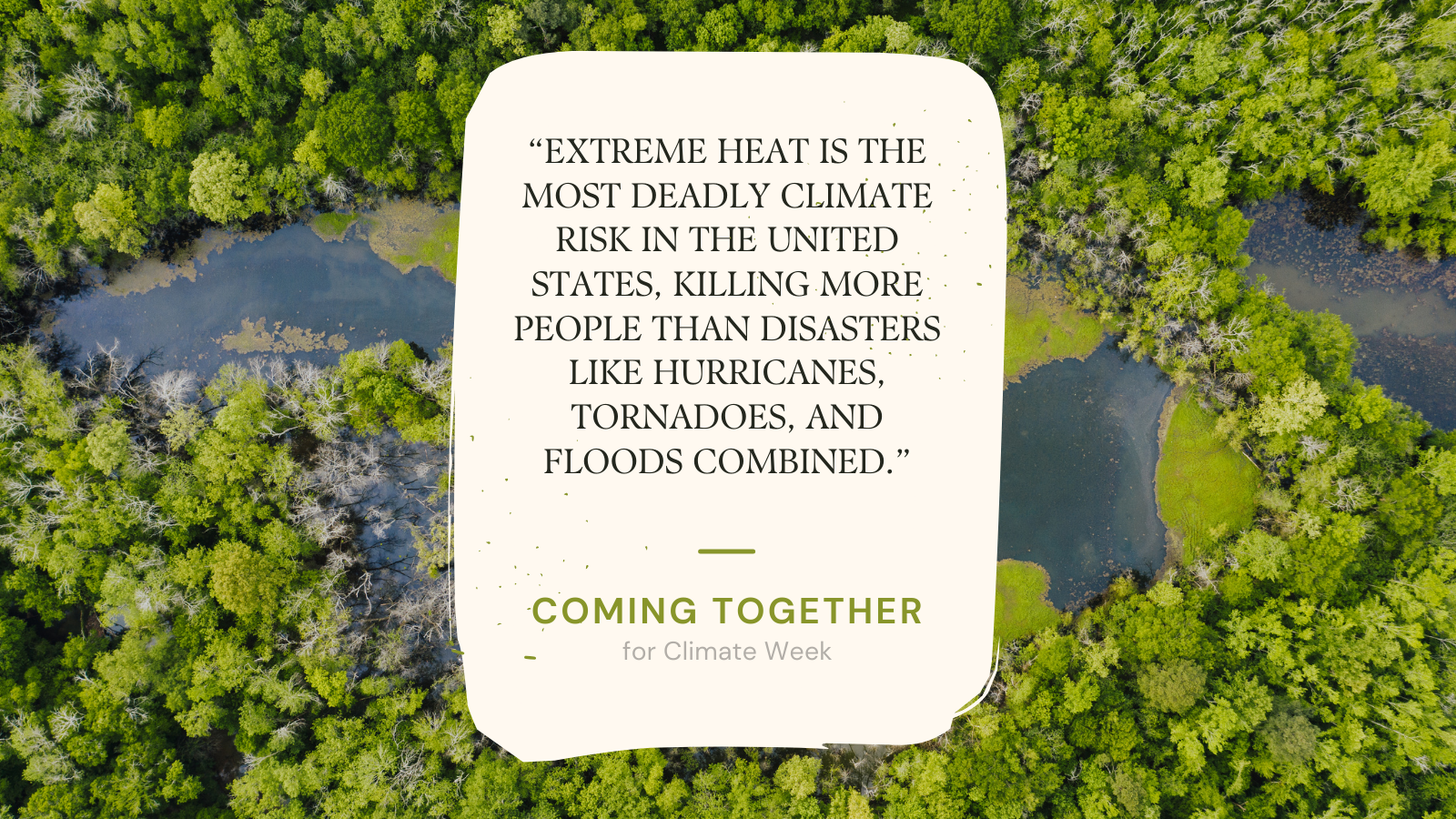New analysis summarized by FOX Local shows nearly every U.S. state ran hotter than normal this summer. In 48 states, the average person saw at least 30 days of unusually high heat—while Utah recorded the largest jump above normal. Overseas, heat drove school closures in France, outdoor work bans in Italy, and thousands of hospitalizations across parts of Asia.
The calendar has shifted: March–October is now “heat season”
For sports, “summer heat” no longer ends with Labor Day. In many U.S. cities, heat effectively stretches from March through October—eight months when heat strain can impact training quality and game-day performance. Recent Climate Central analyses show summers extending further into fall and warming across sports calendars like baseball (March–Oct), underscoring a longer window of elevated risk and performance trade-offs.
Why this matters for coaches, parents, and athletes
- Performance drops before symptoms show. Heat elevates cardiovascular load and slows recovery, eroding output.
- Every body responds differently. One-size-fits-all, weather-only rules miss individual heat response.
- Decisions need to be athlete-level. Roster management, rotations, and cool-downs work best with individualized visibility.
Bottom line
Summer 2025 confirmed what teams are feeling on the field: heat is now a season-long variable. When every degree counts, visibility into each athlete’s heat response is the difference between guesswork and readiness.


